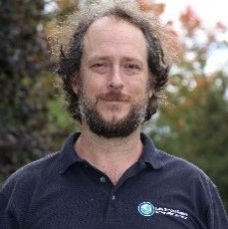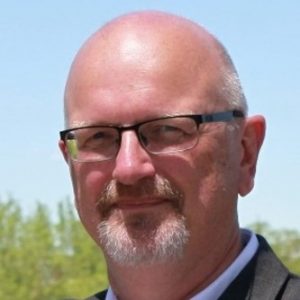TRACK 2, DAY 2
ABSTRACT
This presentation will provide a description of the project, the issues addressed, and the challenges faced in design and implementation.
The Kettleby Creek Barrier Mitigation Project has re-connected sites of former Redside Dace distribution and improved habitat for Brook Trout through the partial removal of an artificial barrier to fish migration. This improvement of critical habitat was designed to meet the recovery needs of Redside Dace and to remove threats to the species and its habitat.
The objective of the project was to partially remove a dam structure that impeded fish passage and supported a large bypass pond while still permitting the use of the existing abutments for required pedestrian access. The project included implementing natural channel design techniques through the installation of pool/riffle sequences, cross vanes and riparian buffers.
The design also included the placement of an upstream cross vane structure to provide adequate backwatering of a by-pass culvert into the existing pond, the placement of natural substrate in the existing structure, and the naturalization of the restored pool and riffle habitat with riparian and overhanging streamside vegetation.
Returning the creek to a free-flowing state has mitigated impacts to, and fragmentation of, in-stream habitat created by the presence of the dam structure.
ABOUT THE PRESENTERS

Peter Shuttleworth, Lake Simcoe Region Conservation Authority (LSRCA)
Peter has over a decade of experience working in conservation. In his role as Restoration Project Specialist with Lake Simcoe Region Conservation Authority, he develops, implements, and manages restoration projects throughout the watershed.

Ed Gazendam, Water’s Edge
Ed Gazendam, Ph.D., P.Eng., is the President and Sr. Geomorphologist of Water’s Edge, a niche consulting firm offering applied fluvial geomorphological and natural channel design expertise to public and private clients since 2004. He has over 25 years of experience in restoring stream systems across Ontario.
Ed earned his Bachelors, Masters and PhD from the University of Guelph in water resources engineering, sediment transport and fluvial geomorphology.
Ed is also a member of the provincial Natural Channels Initiative Committee.

